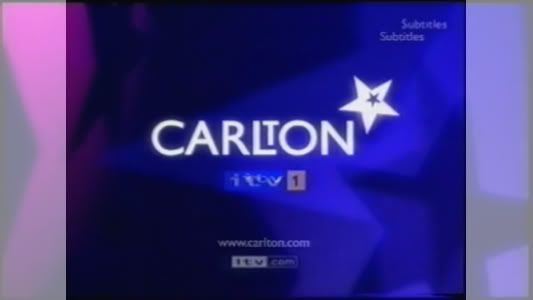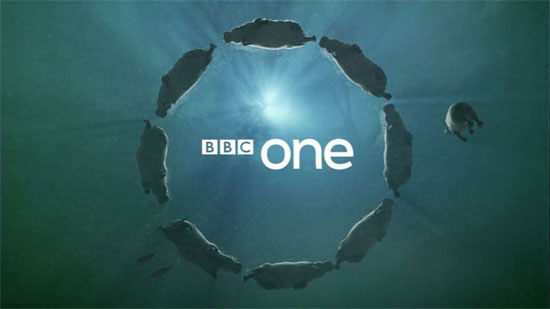When creating a TV ident there are a lot of limitations that need to be thought about in the process of making, everything has to fit in with the pixels and resolution of different TV's, also the picture has to fit within the ration of different TV's like 16:9 or 4:3.
Every TV screen is make up of tiny squares which are green, blue and red, depending on what TV you have they quality of these squares will be different. With a 1080p screen there are more pixels so there will be a higher quality picture for TV idents, they don't need to worry too much about this screen because most idents will flow smoothly on it. They need to think about 720p or 480p because there are less pixels the picture isn't as sharp. So when creating an ident they need to take in to consideration the pixel size of TV screens because if they made a very curvy ident then on TV's with less pixels it would have a staircase effect because the pixels can only be one colour per square at a time.
This BBC Three ident is from a 720p TV screen if seen close up the pixels can clearly be seen, this is one reason that idents rarely use to much curved text in their idents.

These are the different TV sizes, they higher number there is the more pixels the screen has.
TV ration refers to the screens width by height. Traditional TV ration is 4:3. A 32-inch traditional screen would be 25 1/2 inches wide by 19 inches tall. Most televisions now use the widescreen ration which is 16:9. A 32-inch widescreen TV screen would be 28 inches wide by 19 inches tall.

When creating an ident the ration of the TV's need to be considered, there are two different ratios for TV's which are; 16:9 and 4:3 so if there is text in the ident then it need to be within 3% of the border over wise people with different sized TV's wouldn't be able to see all of what is on screen.


Some idents can't use certain colours because other channels have used that colour for their ident and it is a statement colour for that channel, also the colours they use have to reflect the audience and shows they have on, for example; BBC One can't use purple for their idents because E4 has it as their signature colour, also the colour wouldn't fit in with the channel because it is a colour more related with a fun atmosphere and the BBC One logo is more serious and factual.
Also very bright or fluorescent colours wouldn't work on idents because they would be harder fro people to see and if people have bad eye sight it could mess with their eyes and cause people problems.



